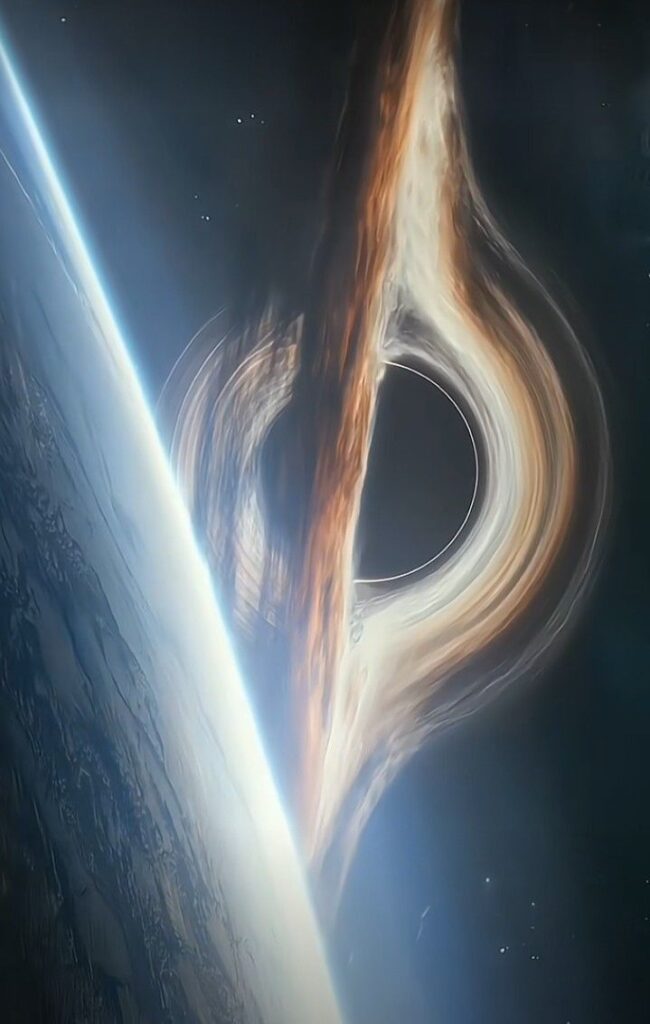The Universe Might Be More Ordered Than We Thought: Webb Telescope Sparks New Cosmic Theories
In a surprising twist that challenges long-held beliefs about the universe, NASA’s James Webb Space Telescope has unveiled a puzzling trend that could change the way we view the cosmos. Recent observations suggest that galaxies may not be rotating randomly—as previously assumed—but might instead be following a hidden pattern.

Galaxies Spinning in Sync
A research team from Kansas State University analyzed 263 early galaxies, some dating back to just 300 million years after the Big Bang. Astonishingly, nearly 60% of these galaxies were found to be rotating clockwise. This consistency contradicts the standard assumption that galactic spin directions should be evenly distributed, without any clear preference.
The researchers suggest that this unexpected order could point to a previously unknown influence or event in the early universe—one powerful enough to orient the movement of galaxies on a cosmic scale.
A Radical Theory Returns: Are We Inside a Black Hole?
This surprising discovery has reignited interest in a bold hypothesis: that our entire universe might exist inside a massive black hole. If proven true, this would upend much of our current understanding of time, space, and cosmic origins.
Such a scenario would force scientists to revisit foundational theories about the birth and fate of the universe. The idea presents profound questions about what lies beyond our cosmic boundaries—and whether our universe is just one of many within an even greater multiverse.
Skepticism and Challenges Ahead
While the findings are fascinating, some scientists urge caution. A key concern is the potential distortion caused by the Doppler effect, which might alter how galactic movement is perceived through the telescope’s lens. If not accounted for properly, this could mean the observed rotation pattern is an illusion rather than a real trend.
Researchers may need to fine-tune the telescope’s data interpretation methods to confirm whether the observed alignment truly reflects a universal structure—or just a misreading of cosmic signals.
The Bigger Picture
Despite these uncertainties, one thing is clear: discoveries like these highlight the immense value of advanced space instruments like the James Webb Space Telescope. As we probe deeper into the cosmos, we’re beginning to uncover patterns and phenomena that challenge everything we thought we knew. Whether we’re on the brink of a paradigm shift or just scratching the surface of cosmic mystery, this journey is bringing us closer to understanding our true place in the universe